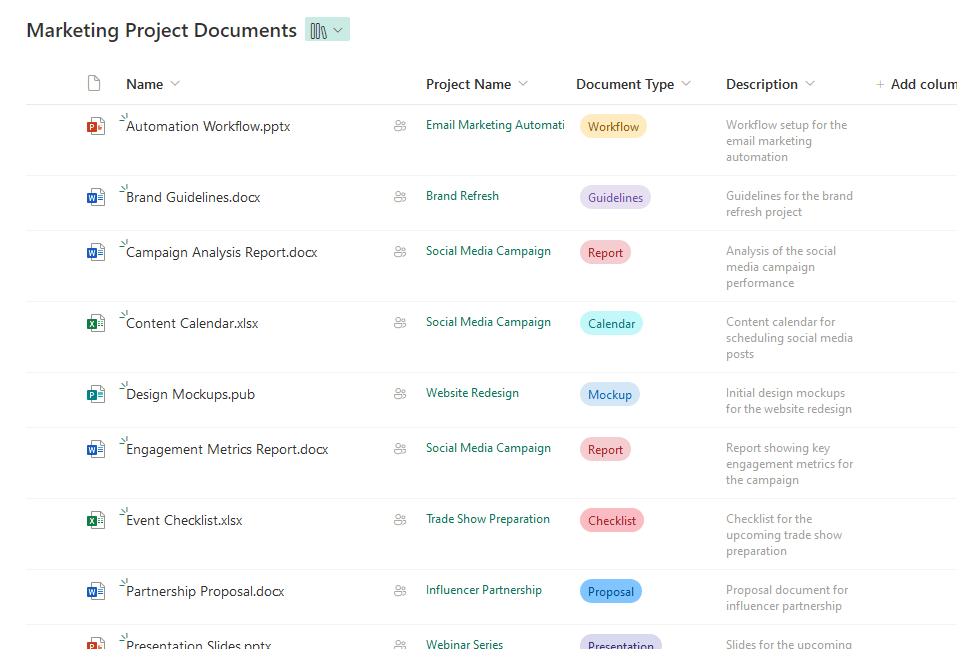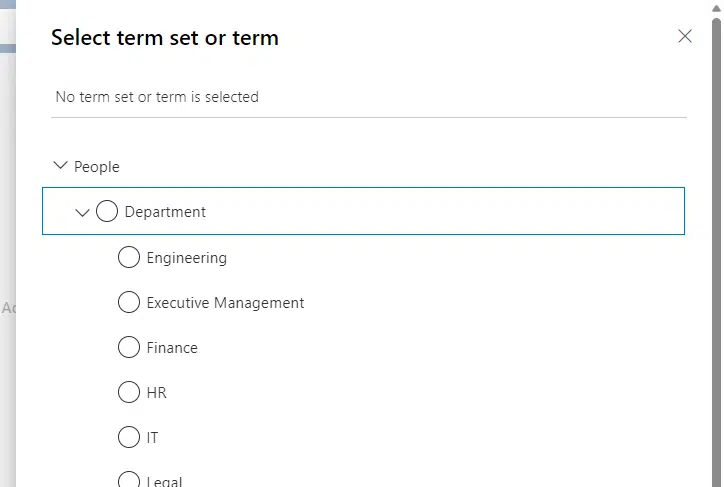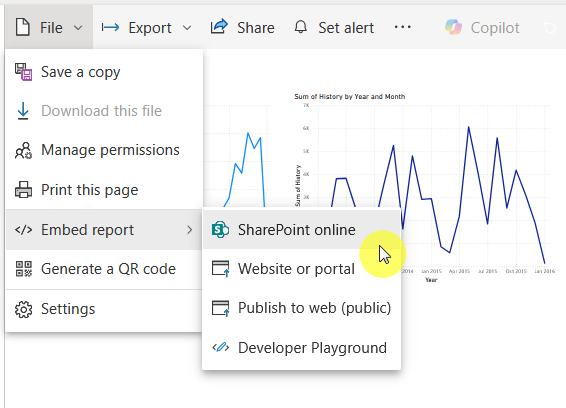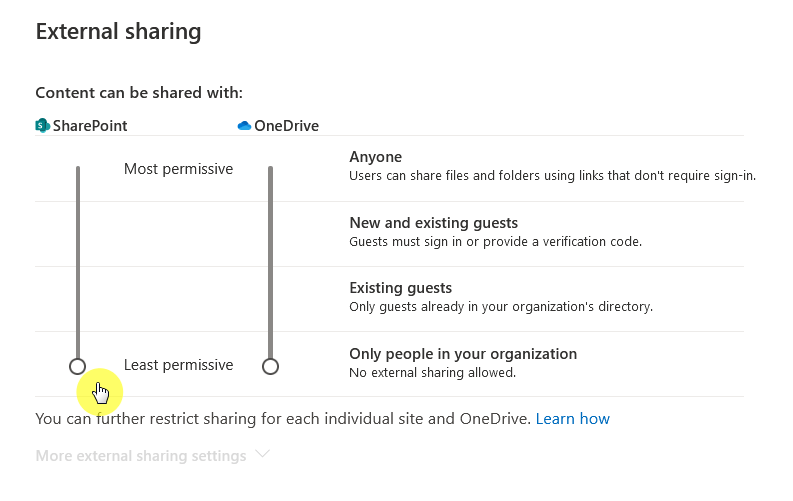Last Updated on January 18, 2025
Can you consider SharePoint a CMS?
In this guide, let’s talk about content management systems and whether or not SharePoint is one.
Let’s get started.
Table of Contents:
What are content management systems?
Content management systems (CMS) help create, manage, and organize digital content efficiently.
They are widely used for building websites, intranets, and managing online content, with features like:
- User-friendly interface
- Content storage
- Publishing tools
- Collaboration features
- Customizability
In a nutshell, these systems let businesses update their content quickly, maintaining relevance and accuracy.
Popular examples include WordPress, Joomla, and Drupal, with each having unique features suited to specific industries.
Sign up for exclusive updates, tips, and strategies
SharePoint is a powerful tool for managing and organizing content.
Well, while it’s not a traditional CMS as it is, it offers many features that overlap with CMS platforms.
Key capabilities of SharePoint as a CMS include:
- Document management
- Content organization
- Collaboration tools
- Customizable workflows
SharePoint integrates seamlessly with Microsoft 365, making it ideal for businesses already using the suite.
However, it’s often considered complex and best suited for enterprises with specific content management needs.
In short, it shines when content management involves collaboration, security, and integration with other enterprise tools.
👉 Related: SharePoint Online Content Management System Review
Let’s talk about these features and capabilities:
1. Document management and collaboration tools
SharePoint excels at document management and team collaboration as it helps with file storage and teamwork.

Key tools for document management and collaboration include:
- Centralized storage
- Version history
- Real-time editing
- Sharing options
- Search functionality
These tools make managing and sharing files simple and efficient, and teams can easily edit and review documents.
There’s a lot more here as well, especially when you consider its integration with Microsoft 365 apps for collaboration.
👉 Related: Modern SharePoint Document Management System Guide Tutorial
2. Metadata and taxonomy support
SharePoint makes it easy to organize and find content using metadata and taxonomy.
These features improve content classification and retrieval:

Here’s how metadata and taxonomy support works:
- Custom metadata fields – Add tags or properties to content for better organization
- Managed metadata – Create consistent tagging with a central term store
- Content types – Define templates with pre-set metadata for specific files
- Search refiners – Filter search results based on metadata tags
- Hierarchy creation – Build a structured taxonomy for easy navigation
When you use these tools in SharePoint, you can make sure your content is logically grouped and easy to access.
This means users spend less time searching and more time being productive.
Metadata also supports advanced filtering, making it especially useful for teams managing large content libraries.
👉 Related: Metadata in SharePoint – How to use it? The Beginner’s Guide
3. Integration with other Microsoft 365 applications
As I explained earlier, SharePoint works seamlessly with Microsoft 365 apps, making it a powerful part of the ecosystem.

This integration improves productivity and collaboration, especially when connected to apps like:
- Microsoft Teams – Share files and collaborate directly in Teams
- OneDrive – Sync documents for offline access and sharing
- Power Automate – Automate workflows across SharePoint and other apps
- Outlook – Share links to SharePoint files in emails
- Power BI – Visualize data stored in SharePoint for better insights
These connections create a unified workspace for users.
Files stored in SharePoint can be accessed and edited from various apps without duplication.
This is particularly beneficial for remote teams, as it ensures smooth communication and data sharing across platforms.
4. Security and permission management for content
SharePoint offers robust tools to keep content secure and accessible only to authorized users.

You can say that it’s built with security as a core feature, with key aspects on:
- Granular permissions – Set access rights for files, folders, or entire sites
- Role-based access – Assign roles like viewer, editor, or admin to users
- Data encryption – Protect content with encryption both at rest and in transit
- Audit logs – Track who accesses or modifies content
- External sharing controls – Restrict or allow sharing with outside users
What’s nice is that these features ensure sensitive information is protected without compromising collaboration.
Administrators can easily customize permissions to match team needs.
👉 Related: How to Change Permissions in SharePoint Online
Limitations and Considerations
While SharePoint is a powerful platform, it comes with challenges that organizations should consider.
Key limitations of SharePoint include:
- Requires time and expertise for initial configuration.
- Users may need training to navigate the platform.
- Advanced features often need coding knowledge.
- Licensing and maintenance can be expensive for some businesses.
- Large-scale deployments may require optimization.
Your organization should weigh these limitations against the goals.
While SharePoint is highly capable, it’s best suited for businesses with the resources to invest in its setup and management.
For smaller teams or simpler needs, alternative solutions might be more practical.
Do you have any questions about SharePoint Online being a CMS? Let me know in the comments.
For any business-related queries or concerns, contact me through the contact form. I always reply. 🙂


SharePoint lacks content-management controls out of the box, but of course Power Platform tools allow organizations to build their own. The file-management and permissions-management that come out of the box also need development, IMO. Versioning is automated to a degree that it’s nearly transparent to the user. This leaves users to save redundant copies when they want to see the progression of versions. The “Share” feature generates all these crazy links that obscure who really has access to sets of documents. More customization to feed Microsoft’s “vendor ecosystem.”